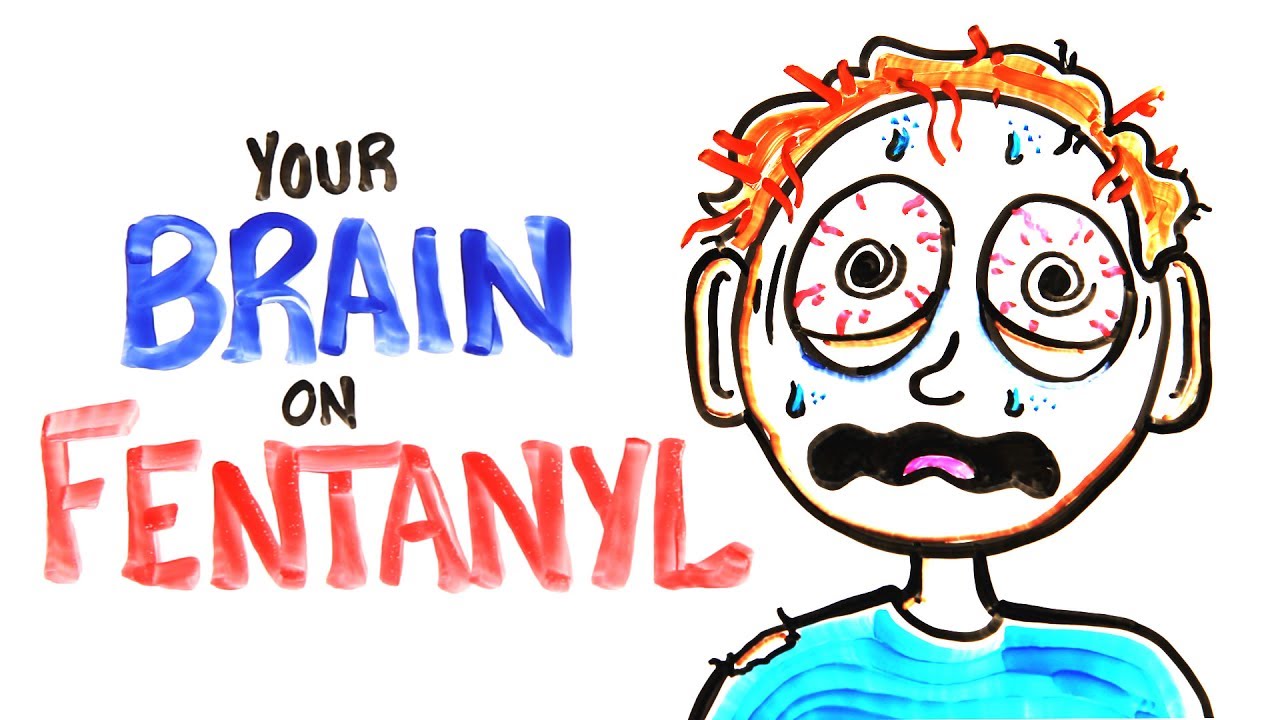[quote=“santa100, post:34, topic:5928, full:true”]
Guess those Buddhists forgot to ask the lab scientists a simple question before taking the psychedelic pills: what do you guys really hope to get out of the experiment? manufacture, market, and sell some “instant enlightenment” pills, sort of like those instant-coffee powders, or instant-ramen noodles? Maybe one nice day, there’ll be TV commercials selling 1st-Jhana pills for $1000, 2nd-Jhana pills for $2000,… up to cessation-of-feeling-perception for $9000. Actually, for those who want to purchase the $9000 “cessation” pills, you might as well give them all your money 'cuz once you get to that level, that would guarantee Arahantship, or at least Non-Return![/quote]
Good analogy. And surprisingly accurate.
Though not using drugs but supposedly based on “science”, I’ve seen several businesses (aka teachers) offering guaranteed (70-95% success-rate) enlightenment / awakening methods. The going rate has been in the range $1000-$1500; some up to $5000. One s/t has to log-in and go through a lot of registration stuff to even get to the point of finding the price; I did that once, aborting the process before the end; then promptly received an email message offering a limited-time $500 discount!
Pay-as-you-go counseling along the same lines goes for ca. $150-$350 per 45 minute session. (If anyone’s interested, I can supply links.  )
)


